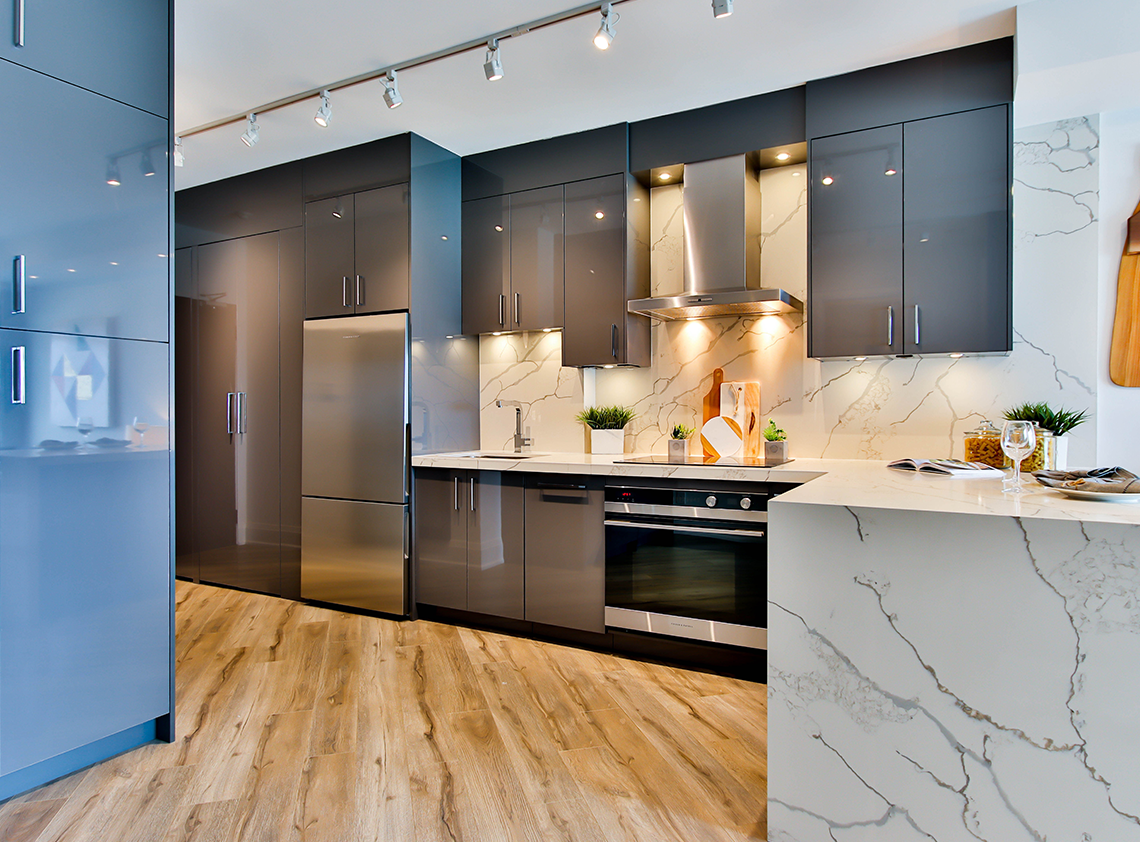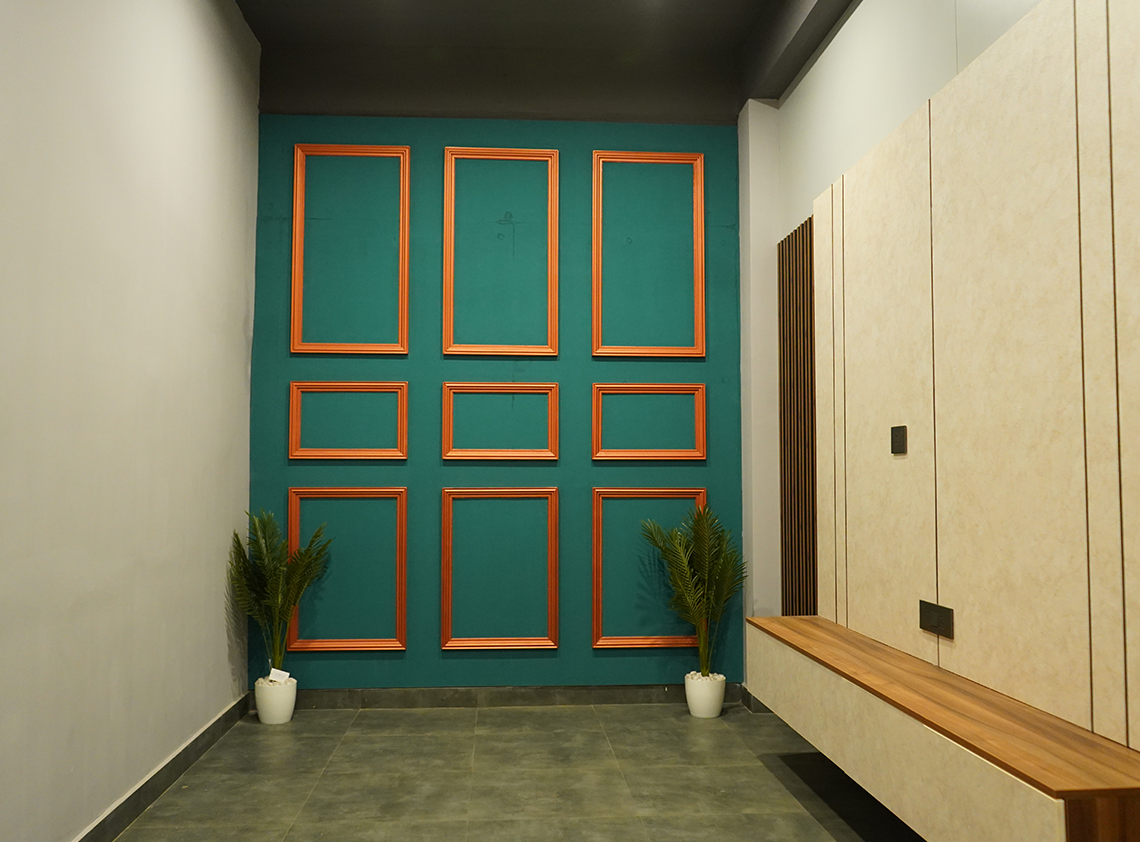In a world increasingly conscious of environmental impacts, sustainable interior design is gaining prominence, and rightfully so. Indian homes, in particular, are embracing this eco-conscious approach, integrating sustainable materials, energy-efficient practices, and environmentally friendly design solutions. In this article, we delve into the world of sustainable interior design, focusing on choices that resonate with Indian environmental conditions.
1. Sustainable Materials
a. Bamboo
Bamboo is a highly sustainable material due to its rapid growth and regenerative properties. It’s sturdy, versatile, and lends a natural aesthetic to interiors. In Indian homes, bamboo finds use in furniture, flooring, and decor, blending seamlessly with both traditional and contemporary design themes.
b. Recycled Wood
Repurposing old wood from structures or furniture not only reduces the demand for new wood but also brings character and history to the interiors. In a country with a rich architectural heritage, incorporating recycled wood resonates with the Indian ethos of sustainable living.
c. Natural Fabrics
Fabrics made from organic cotton, hemp, jute, or wool are environmentally friendly choices. These fabrics are biodegradable, require less water and pesticides during production, and offer a comfortable and breathable living environment, ideal for the Indian climate.
d. Reclaimed Metal
Recycled metal or reclaimed metal pieces can be used for decor or even functional pieces of furniture. By giving a second life to metal, we reduce the need for energy-intensive mining and production processes.
2. Energy-Efficient Practices
a. Natural Lighting
Leveraging natural light through strategically positioned windows, skylights, and reflective surfaces can drastically reduce the need for artificial lighting during the day. This not only saves energy but also connects the inhabitants with the outdoor environment.
b. Energy-Efficient Lighting
LED lights consume significantly less energy than traditional bulbs and have a longer lifespan. Utilizing energy-efficient lighting solutions is an effective way to reduce electricity consumption in Indian homes.
c. Solar Power
Given India’s abundant sunlight, harnessing solar power for heating water and generating electricity is a logical step toward sustainable living. Solar panels can be integrated into the design of homes to reduce reliance on non-renewable energy sources.
3. Eco-Conscious Design Solutions
a. Proper Insulation
Incorporating effective insulation in home design can help maintain indoor temperatures, reducing the need for excessive heating or cooling. This is especially crucial in a country with diverse climatic conditions like India.
b. Rainwater Harvesting
Implementing rainwater harvesting systems to collect rainwater for household use is a sustainable practice, particularly in regions facing water scarcity. The collected water can be used for gardening, flushing toilets, or even as a supplementary source for other domestic needs.
c. Indoor Plants
Indoor plants not only enhance the aesthetic appeal but also improve air quality by absorbing pollutants. Incorporating plants into interior design is a simple yet effective way to create a healthier indoor environment.
Sustainable interior design is a holistic approach that not only benefits the environment but also enhances the overall well-being of inhabitants. By adopting eco-friendly choices in materials, embracing energy-efficient practices, and incorporating environmentally conscious design solutions, Indian homes can contribute to a greener and more sustainable future. It’s a testament to responsible living, respecting the delicate balance of our ecosystem while creating beautiful and functional living spaces.








